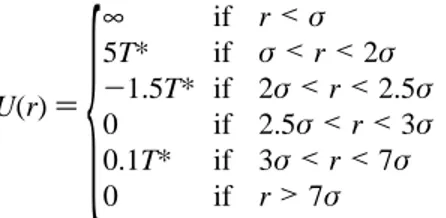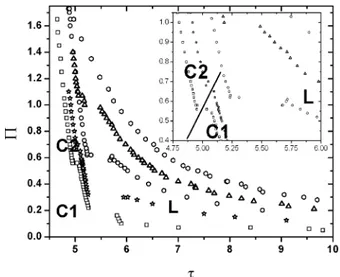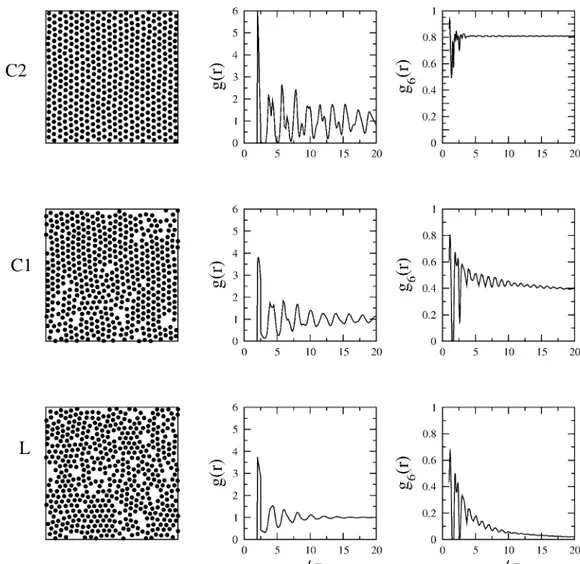Predicting the phase diagram of two dimensional colloidal systems with long range interactions
Texto completo
Figure




Documento similar
If the outdoor air temperature is lower than the indoor air temperature, the by-pass will be open and the supply air will not pass through the heat exchanger to cool the dwelling
Government policy varies between nations and this guidance sets out the need for balanced decision-making about ways of working, and the ongoing safety considerations
examining the degree of effectiveness of inclusive education programs in private, semi-private and public centers for the neurodiverse L2 classroom; exploring students’
In all cases it was proved that when the mutation rate is small, the equilibria of these systems for the densities with respect to the evolutionary variable tend to concentrate at
In the same direction, if the capacitance retention (expressed as the percentage of the capacitance obtained at low current densities) is plotted versus the current density for
We also study the longest relaxation time, τ 2 , as a function of temperature and the size of the sample for systems with Coulomb interactions, with short-range in- teractions and
We have studied the relaxation process of the specific heat and the entropy for the three-dimensional Coulomb glass at very low temperatures and in thermal equilibrium9. The long
As the first purpose is to recovery energy during braking, the stored energy is the main criteria, but the storage system has to be power compatible to the energy needs for